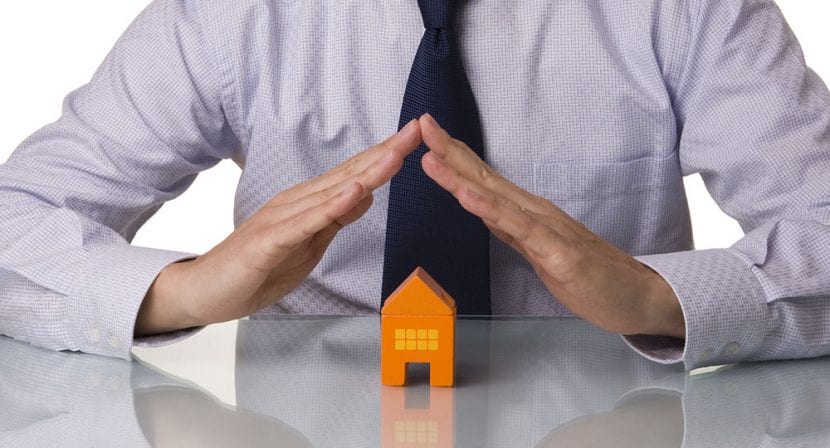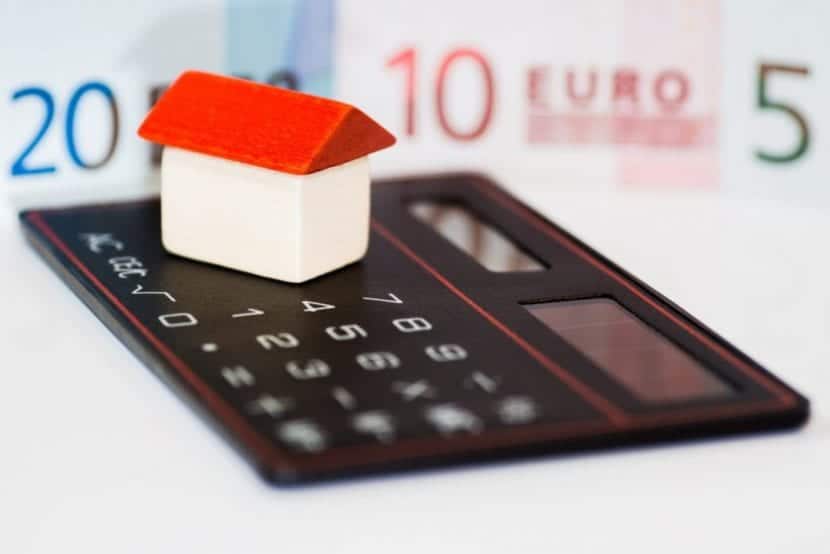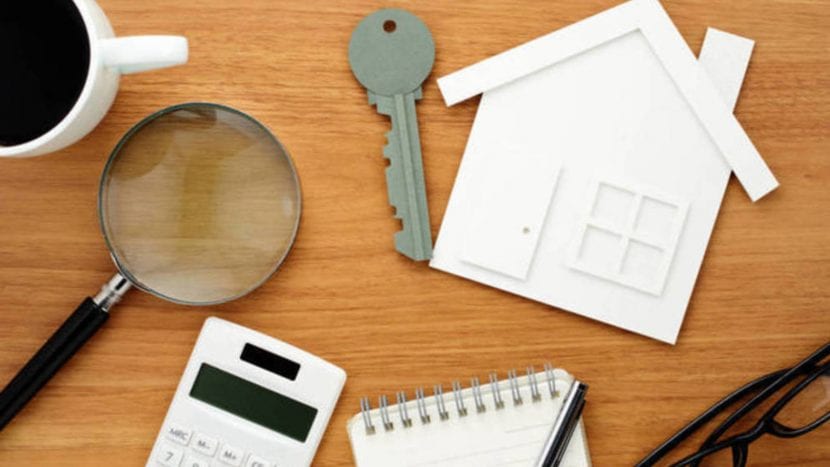
Personal finances are without a doubt one of the most complicated issues to control optimally, and there are many terms and many issues that we have to analyze in order to be able to take better control. But we must consider that we also have to take some laws as a reference in order to manage our finances correctly. In this article we will talk specifically about the Deduction for investment in residence.
This legal scope considers 5 different situationsAmong them are the acquisition or rehabilitation of the habitual residence, as a second point the construction or extension of the habitual residence, a third point is the completion, as a fourth point we find the works of facilities for the adaptation of the habitual residence of the disabled; and finally we can find the works and facilities for the adaptation of the habitual residence for people with disabilities. Let's analyze the points one by one.
We will point out that these terms are only for home purchases before January 01, 2013, subsequently it does not have tax relief
Acquisition or rehabilitation of the habitual residence
In this case applies a percentage of 7,5 percent both in the state section and in the autonomous section; and the application of this deduction percentage is valid taking as a reference the amounts that are paid in the year, so that the loan that was requested is amortized, as well as the amount that is paid in cash by the buyer.

La maximum basis for deduction that applies in this case is equivalent to 9.040 euros per month; and this must be made up of all the amounts that have been paid for the purpose of acquiring or rehabilitating the home; Expenses may include in their calculation the corresponding interest amortization expenses, as well as the cost of those instruments that have been included in order to cover the risk that comes from the variable interest rate.
The maximum amount to be deducted is applicable to the total expenses incurred, so all the amounts involved can be added; This also tells us that the maximum amount to be deducted is a single amount, we will not be able to deduct more than what is allowed, even if the expense is incurred in different accounts.
Now, there are some expenses that are not considered in the deduction, and the expenses incurred on a regular basis to maintain the good condition of the material goods are included, that is, issues such as painting do not enter for deduction. Neither the replacement of household items is valid for deduction, some examples of this are heating installations or home security doors.
Construction or extension of a habitual residence
Within this category we can include the house purchase or extension of the same, as long as you have the following terms.

The first thing is the construction of the Habitual housing. This when the taxpayer is the one who directly satisfies the expenses that originate from the works carried out; Also included are the occasions in which amounts are delivered on account to whoever is the promoter of said works; but it should be noted that this is valid only if the term does not exceed 4 years, taking as a starting point when the investment began.
The second part to consider is the extension of a habitual residence, In this case we are talking about the situations in which the habitable surface increases; This indicates that it is valid if we have a garden and decide to build in that area. It is very important that in order to make these deductions valid, the dates are taken into account, because in this regard it is very strict with the fact of the completion date of the work and the payment of the amounts that correspond to this investment.
For the reason that deadlines are very importantIt is of interest to mention that although there is a deadline that is imposed for the completion of the works, the law also guarantees that in exceptional cases in which the taxpayer cannot influence, an extension of 4 years can be granted to be able to finish the works. But for this to be granted, an application must be made in the delegation of the state tax administration agency.
Completion
In this section for the deduction for habitual residence there are several clausesThe first indicates that the data required to be able to calculate the deduction are the date of acquisition of the property, as well as the amounts that were invested in order to acquire the property; with reference to the maximum amount of the investments is 9040 euros. It is also important to clarify that if our expenses are greater than this amount, we will not be able to deduct the difference in future years.
Some other concepts that can be handled in this regard we can do mention of amounts of money that are invested with the purpose of being able to build, rehabilitate or expand a habitual residence, this regardless of whether the money is obtained through financing or if one invests the entire amount from the beginning.
Let's talk now about some information points that we require to be able to make the deduction in a finally correct way. Let's start with the identification number of the mortgage loan, in case this has been the means to acquire our home. Due to this, it must be borne in mind that the loan must have the identification number, and the taxpayer must have this number to be able to enter it as a deduction.
Another point to consider is the percentage that corresponds to the mortgage loan that has been allocated to the investment in housing; This applies to cases in which the acquisition was made with a part of self-management and a part financed by an independent entity. It is very important that we are very clear about what this percentage is, in this way the procedures will be simpler and no objection will be presented to us when we decide to deduct.
In order to be able to check the expenses to be deducted, it is important that we clearly indicate which are the payments that are made directly to the developer or whoever is responsible for building. It is also necessary to take into account that the NIF of the promoter or whoever is the home builder.
Installation or adaptation works of the habitual residence of the disabled
Other of expenses, or investments, which we can deduce are those that are carried out in order to adapt the facilities so that a person with a disability can make full use of the facilities of their home. This field also includes the amounts invested in the common areas of a building, or in the passage between the farm and the public highway; In this way we can make it clear that all these amounts can be deducted, but what is the maximum amount to deduct?

In order to promote this type of facilities for inclusion in society, the government grants a maximum deduction of 12080 euros annually. This amount has to be formed with the amounts of money that were used during the exercise; but this money has to be corresponding to the execution of the work, as well as the installations that have been made for the adaptation.
Other amounts that we can include are all the expenses originated by the work, and that have been covered by the taxpayer with a disability. This includes issues such as external financing, amortization, as well as hedging instruments for variable interest rate risk. Without a doubt there are many possibilities in this case.
Works for the adaptation of the habitual residence by people with disabilities
Now, there are times when who suffers from a disability lives with someone who is responsible for their care, in these cases the deduction of investment in housing is allowed as long as there is an adaptation or installation in order to facilitate the transport or communication of the person who suffers from the disability.
The relationship that is allowed between owner of the property and the disabled It is if it is the spouse, or if it is a relative with a direct line or also collateral, even affinity is allowed up to the third degree. Another point is that, if the owner himself were to have a disability, the investment made in order to achieve the adjustments to facilitate his life, can also be counted towards deduction of the exercise.
In order to be able to prove that these adjustments are made in order to be able to meet the needs of said person, the certification of the competent administration must be requested, so once the tax administration accredits the adjustments, the process can be carried out. to deduct. As a last note, it should be mentioned that the accreditation is received by means of a certificate or by means of a resolution that has been issued by the institute of migration and social services.